The castle is impossibly romantic, against a picture-perfect Highland backdrop at Ardverikie estate.
No wonder Ardverikie estate in Kinlochlaggan has proved an irresistible location for film and TV producers.
As well as being used for part of the James Bond movie No Time To Die, the serene beauty of the estate was the setting for the popular The Monarch of the Glen TV series between 2000 and 2005.
And that’s not all, it’s also been used for films such as Outlander; The Crown, No Time to Die, Salmon Fishing in the Yemen, Miss Marple: A Murder is Announced; Mrs Brown and The Missionary.
But in 1972, it was simply a Highland estate going about its business.
In our archives we found this gem of photo collection, taken in September that year for a long article in The Scots Magazine.
It’s a snapshot in time of everyday life on the estate, and the people who worked and lived there.
In photos: A portrait of life at Ardverikie estate in September 1972
This is primary teacher Mrs Geddes with her 16 mixed-age pupils at Kinloch Laggan School.
Her husband Stewart was one of the estate workers.
The school roll had dropped to eight, but the problem was resolved when retired estate tenants were moved to council houses in Newtonmore.
Managing forestry was an important part of Ardverikie estate income.
Head forester, Alec Morrison, originally from West Lothian, is seen above, inspecting young saplings growing on the estate.
He had a total of 4000 acres of dedicated forestry, shelter and other woodland in his care, grown from 19th century plans to beautify and improve the estate.
An unnamed gentleman stands at the gate of a an unidentified house on the estate. Can any readers help to identify the man or the house?
Another unnamed gentleman plays solitaire with a wooden board and marbles, apparently oblivious to the cigarette slowly burning in an ashtray under his right arm.
Badenoch-born district nurse Peggy O’Reilly on her rounds, visiting Mrs Livingstone of Kinloch Laggan.
Head forester Alec Morrison meets up for a chat with district nurse Peggy O’Reilly and Dr Iain Richardson at the side of Lochlaggan.
Dr Richardson covered Kinloch Laggan as part of a triangular area, which with a base line of almost 25 miles, was at the time one of the most extensive single-handed practices in Britain.
Plenty of time for a chat. Two women stop for a blether while out walking.
Loch Laggan can be seen in the distance.
But although these scenes look idyllic, things, as ever, weren’t easy.
Reverend Jim Currie was minister at the time.
He’s seen here outside Kinloch Laggan Hall, where services were held, and would travel there from his duties at the church in Laggan Bridge in the western part of the parish.
Both Jim Currie and Iain Richardson were concerned at the time about the future of their area and its dependence on the estate.
From Scots Magazine: “They convinced the Highlands and Islands Development Board that the district in which they live is at something of a crisis point, and, a first step to rehabilitation, a community association has been formed, including the three related communities of Dalwhinnie, Laggan Bridge and Kinloch Laggan.
“An idea of its problem may be seen in the decline of the estate employees from a peak of 126 in the planting heyday of the first Sir John, to 23 ten years ago and 16 at the present time.”
These days, Ardverikie employs 12 members of staff.
Hunting, shooting and fishing are still a mainstay in the estate’s activities.
Ardverikie is one of Scotland’s oldest and most famous deer forests, with four spectacular stalking beats.
Its repute wasn’t lost on Queen Victoria’s husband Prince Albert, a keen hunter.
Royal love affair with Scotland begins
The couple had fallen in love with Scotland from their first visit, in 1842, and had initially focused their visits on Perthshire.
In 1847, some five years before the Queen bought Balmoral, they stayed at Ardverikie, a lodge at the time, for several weeks, causing quite a stir in the neighbourhood.
Newspapers reported that Albert was given use of Cluny MacPherson’s coveted Aberairder shoot, and managed to bag a 14 stone stag (exclusive of offal, it was pointed out).
Later there was a party to celebrate his birthday; and some days the Queen would be out and about on horseback, managing as much as three miles and spending three hours sketching, the papers said admiringly.
The church at Laggan was bursting at the seams that Sunday, with reporters cynically conjecturing it was because neighbours thought the Royal couple would be in attendance.
They were disappointed however, because: “Her Majesty did not appear, arrangements being made at the lodge for the divine service performed.”
More like this:
How Mary Queen of Scots fell in love with hunting in the Highlands — at a bloody cost to locals
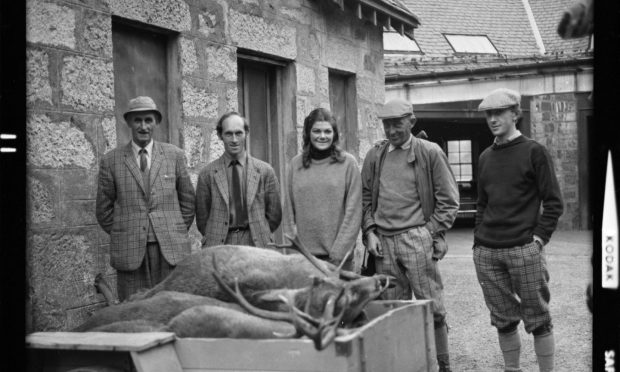
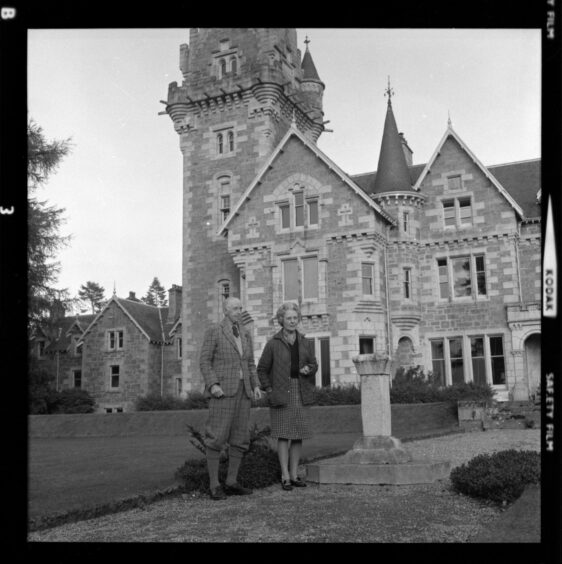
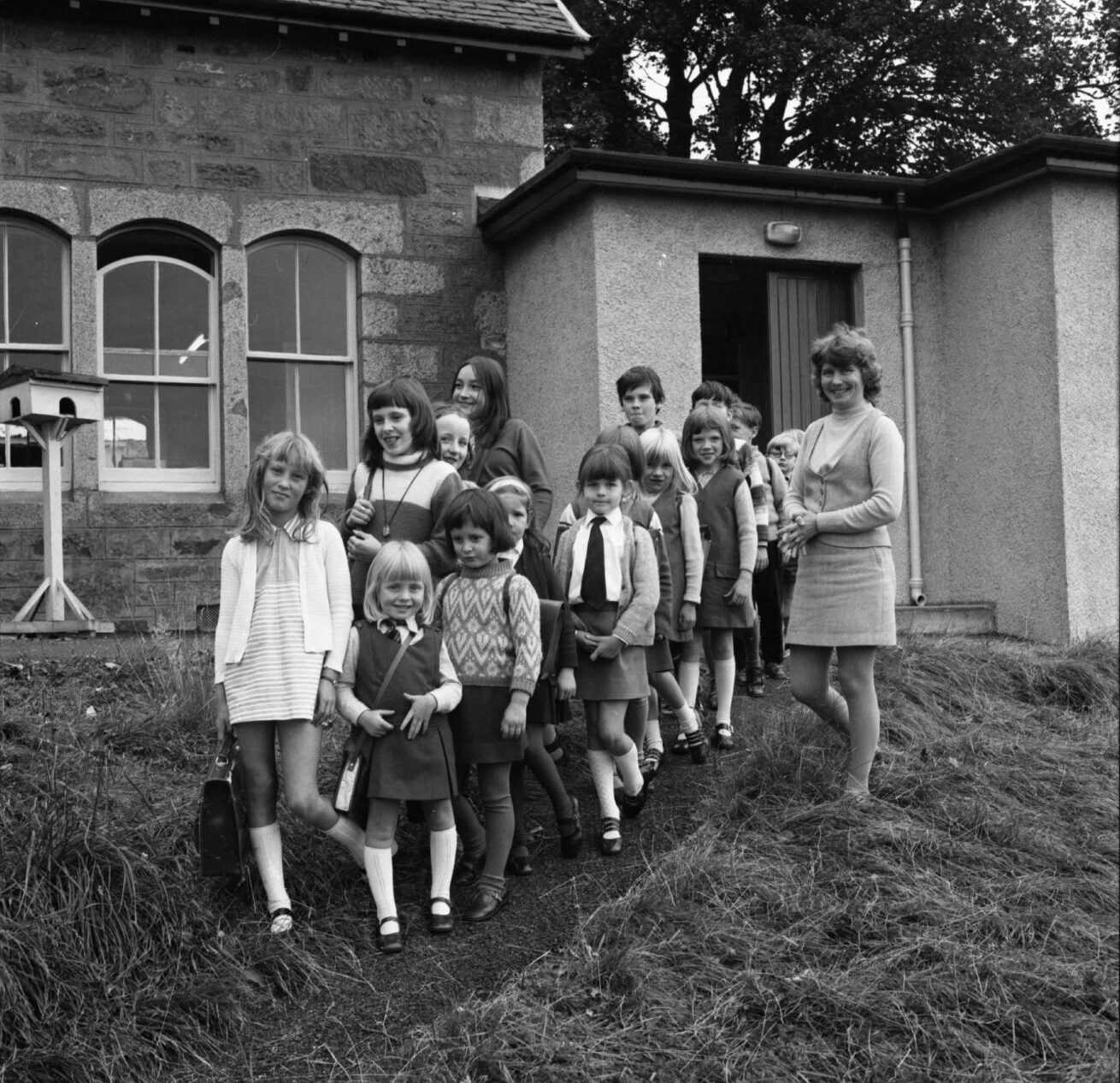
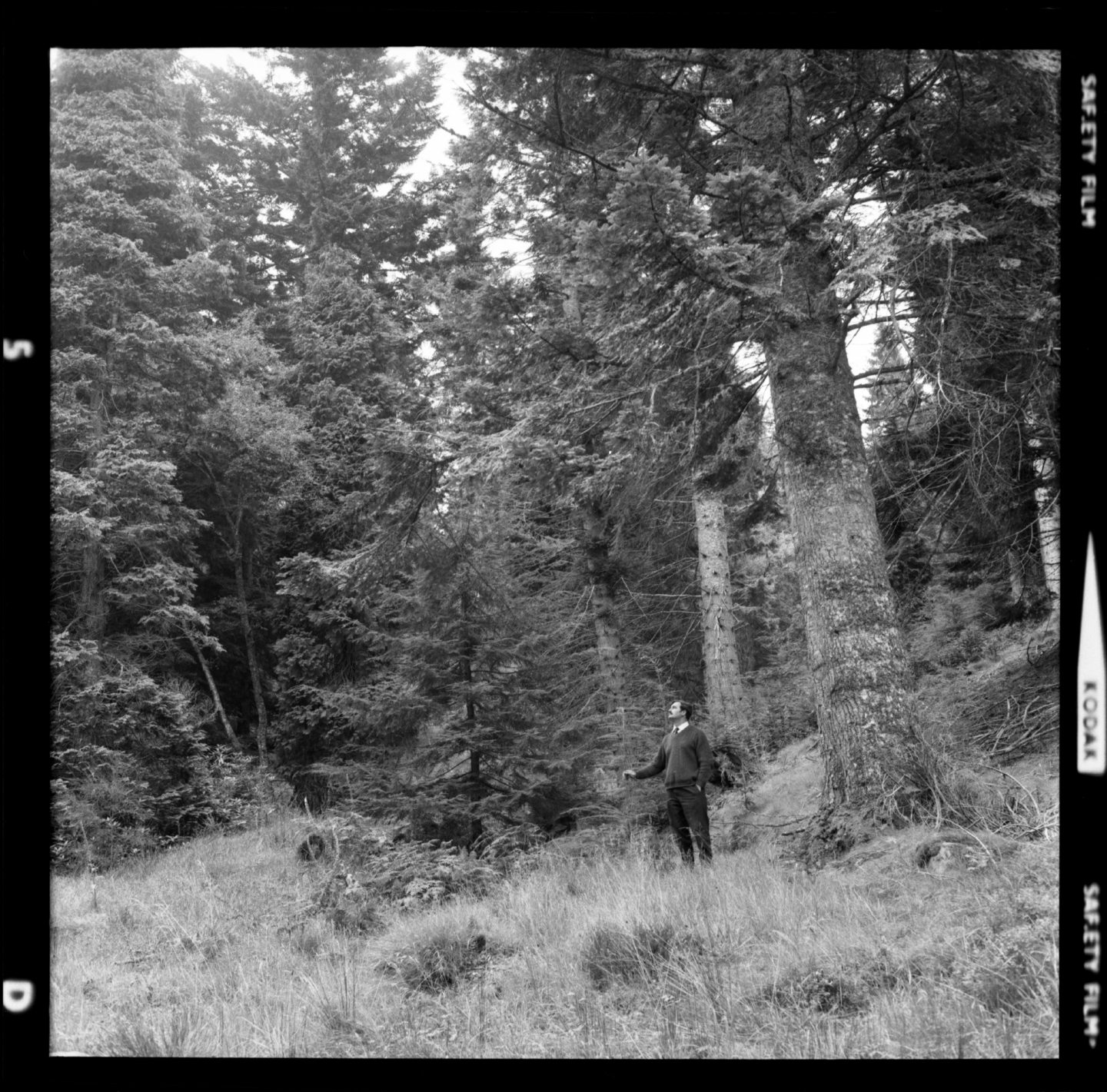
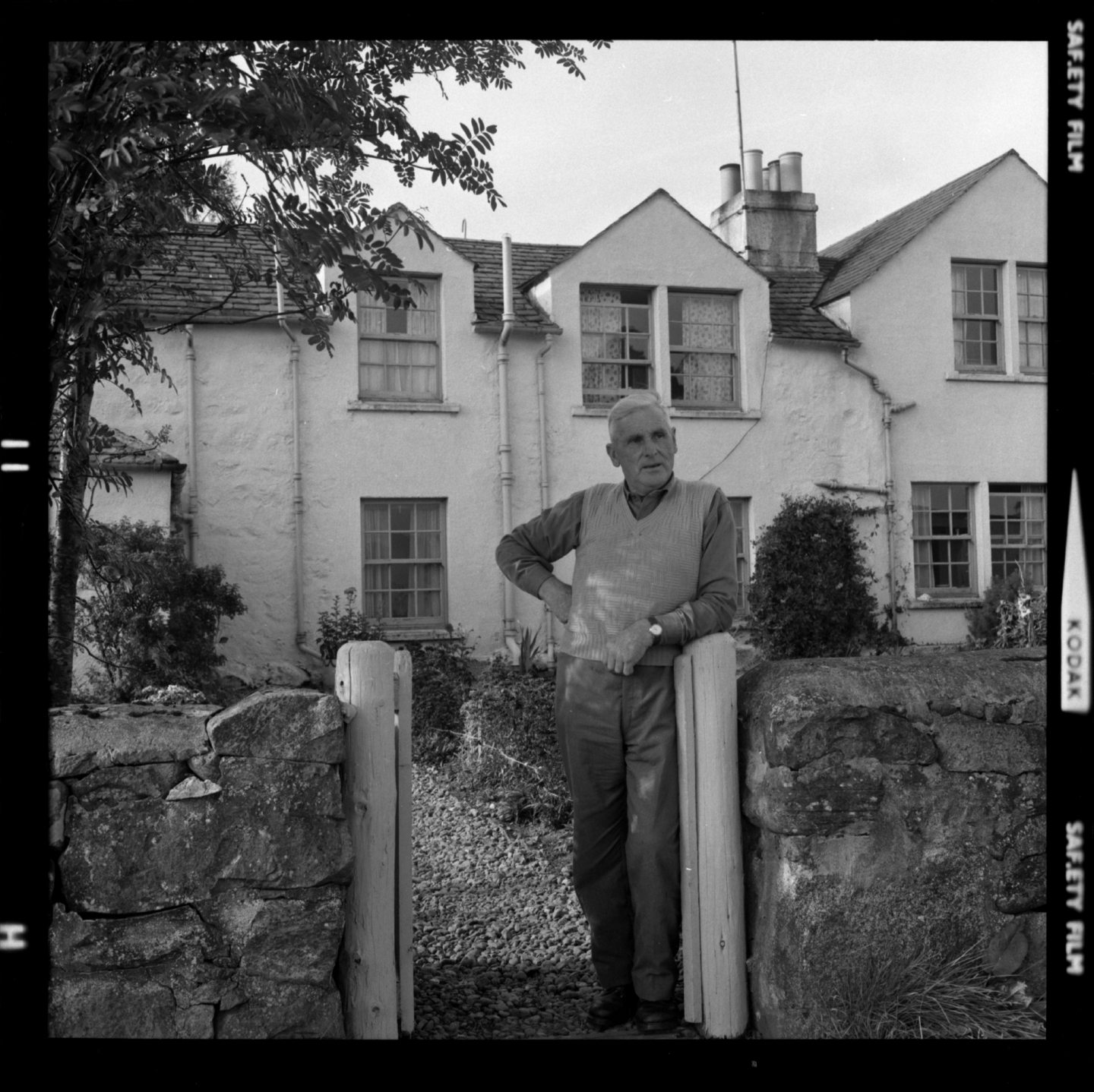
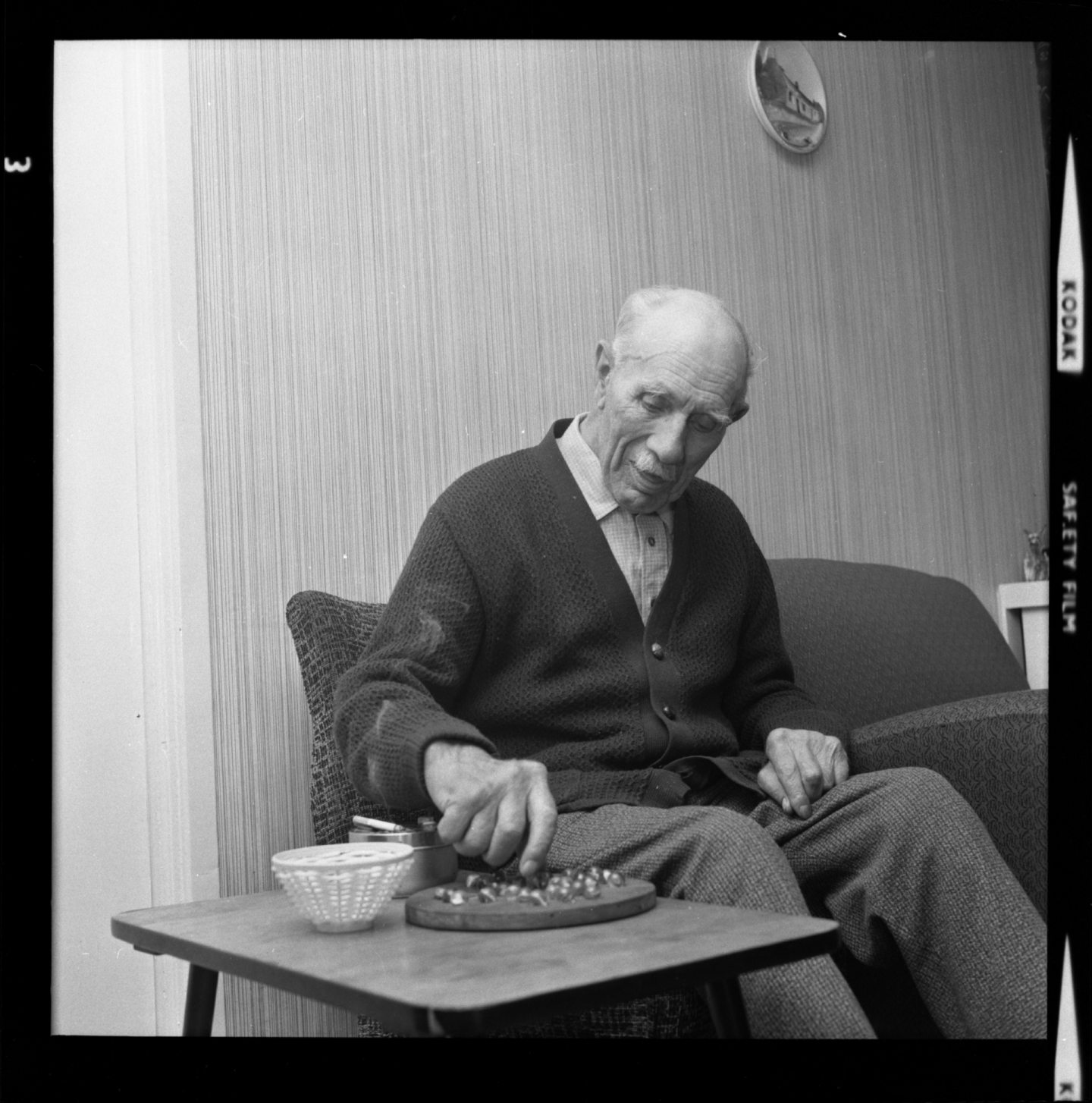
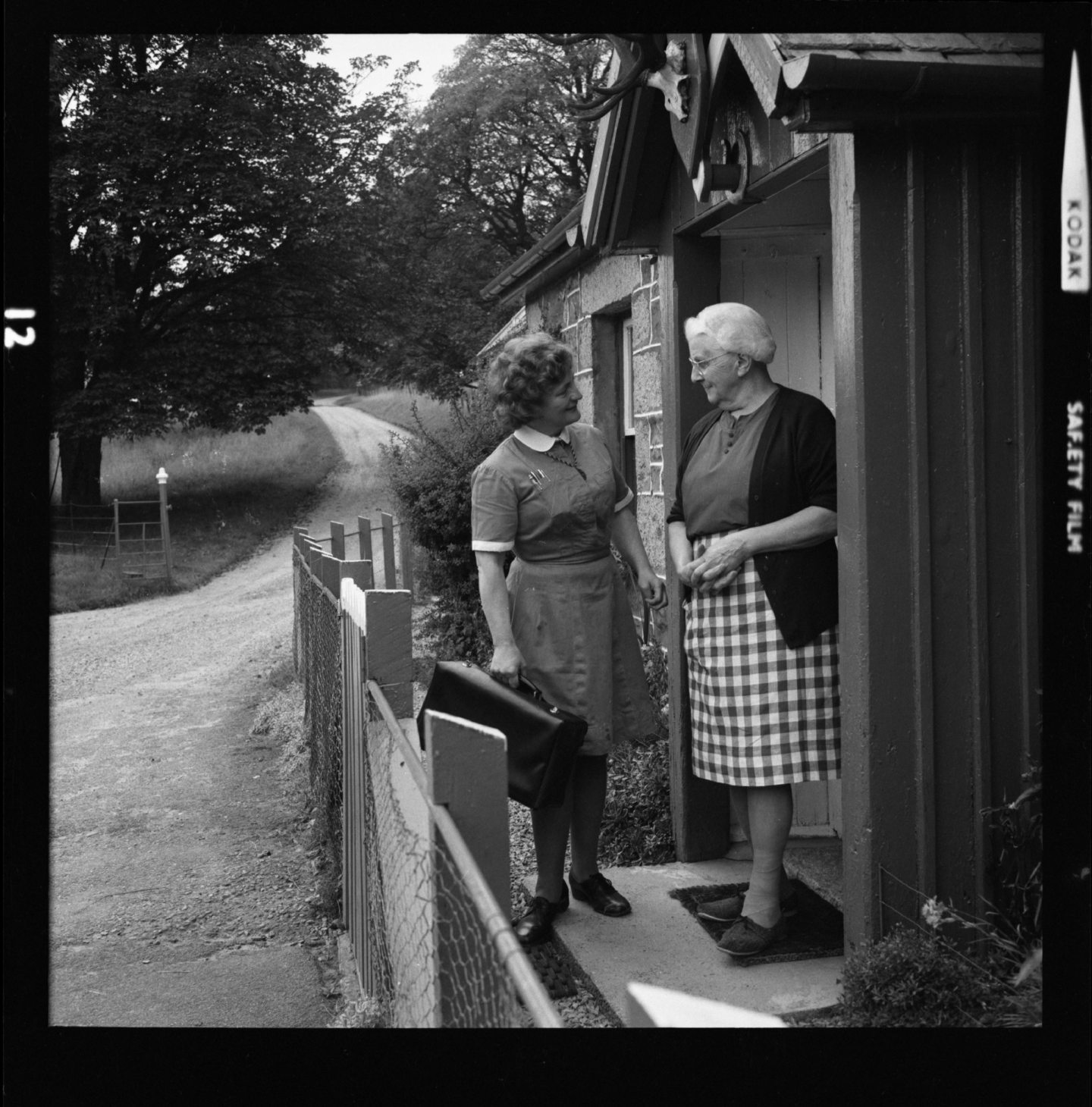
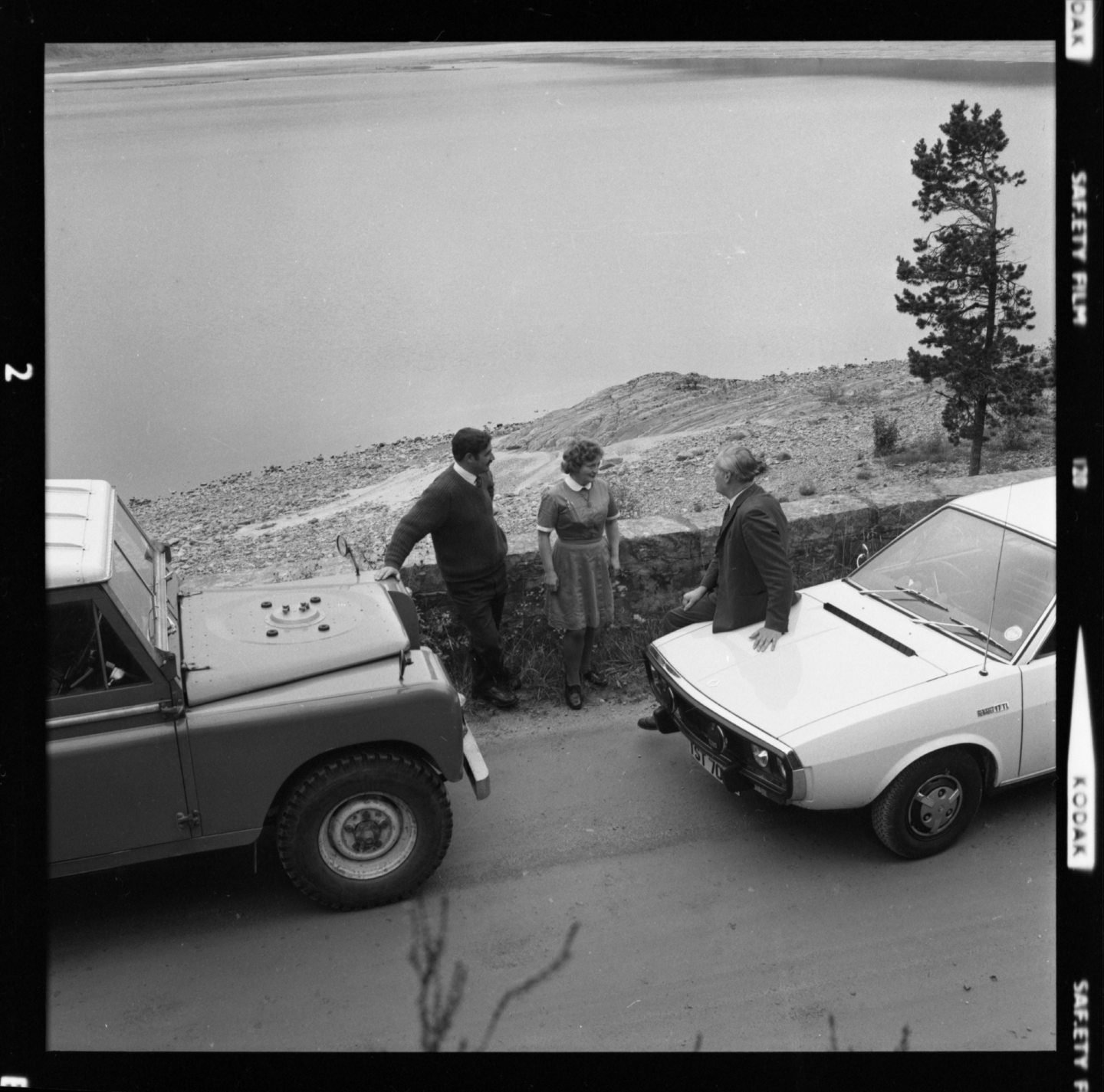
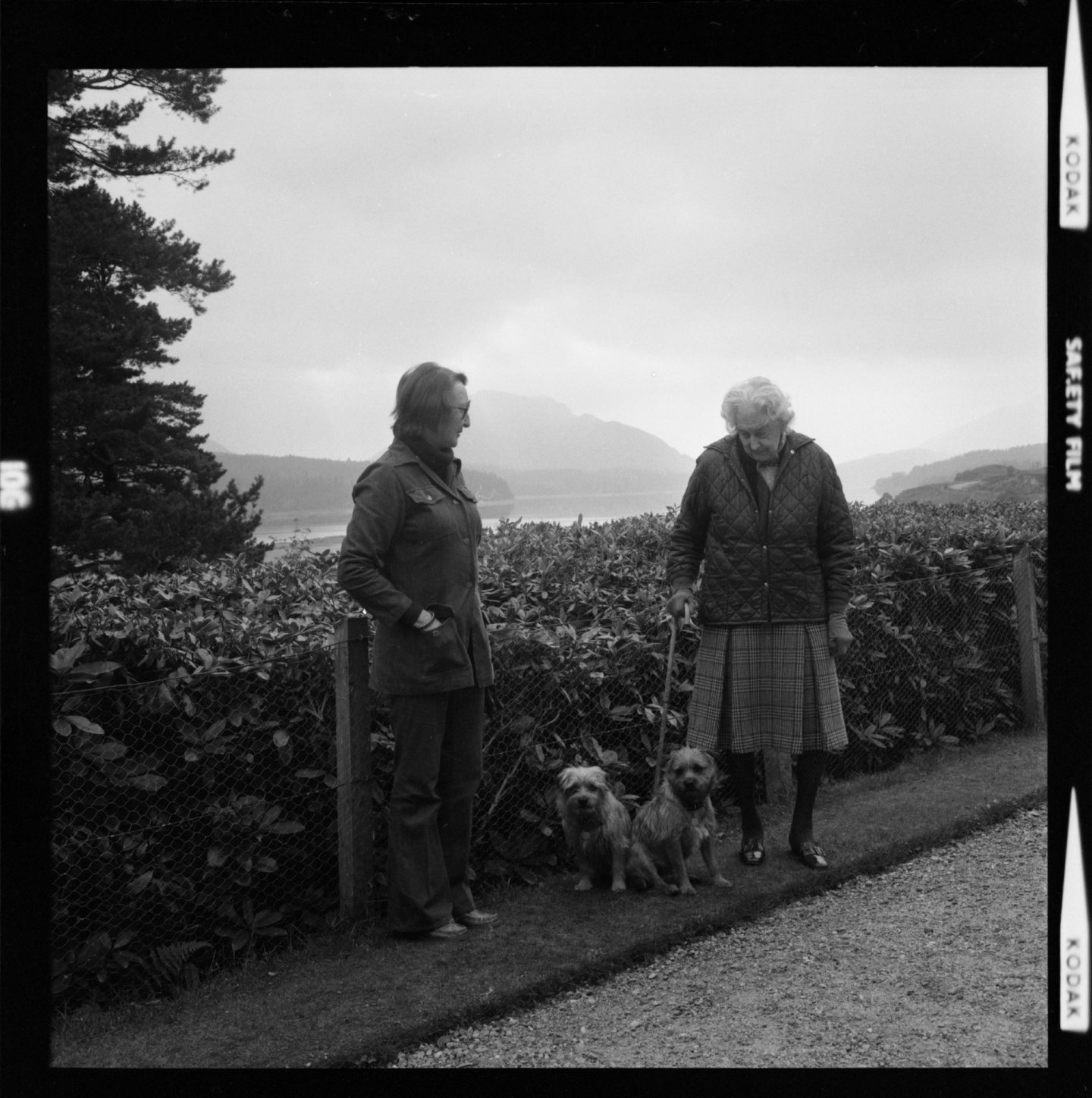
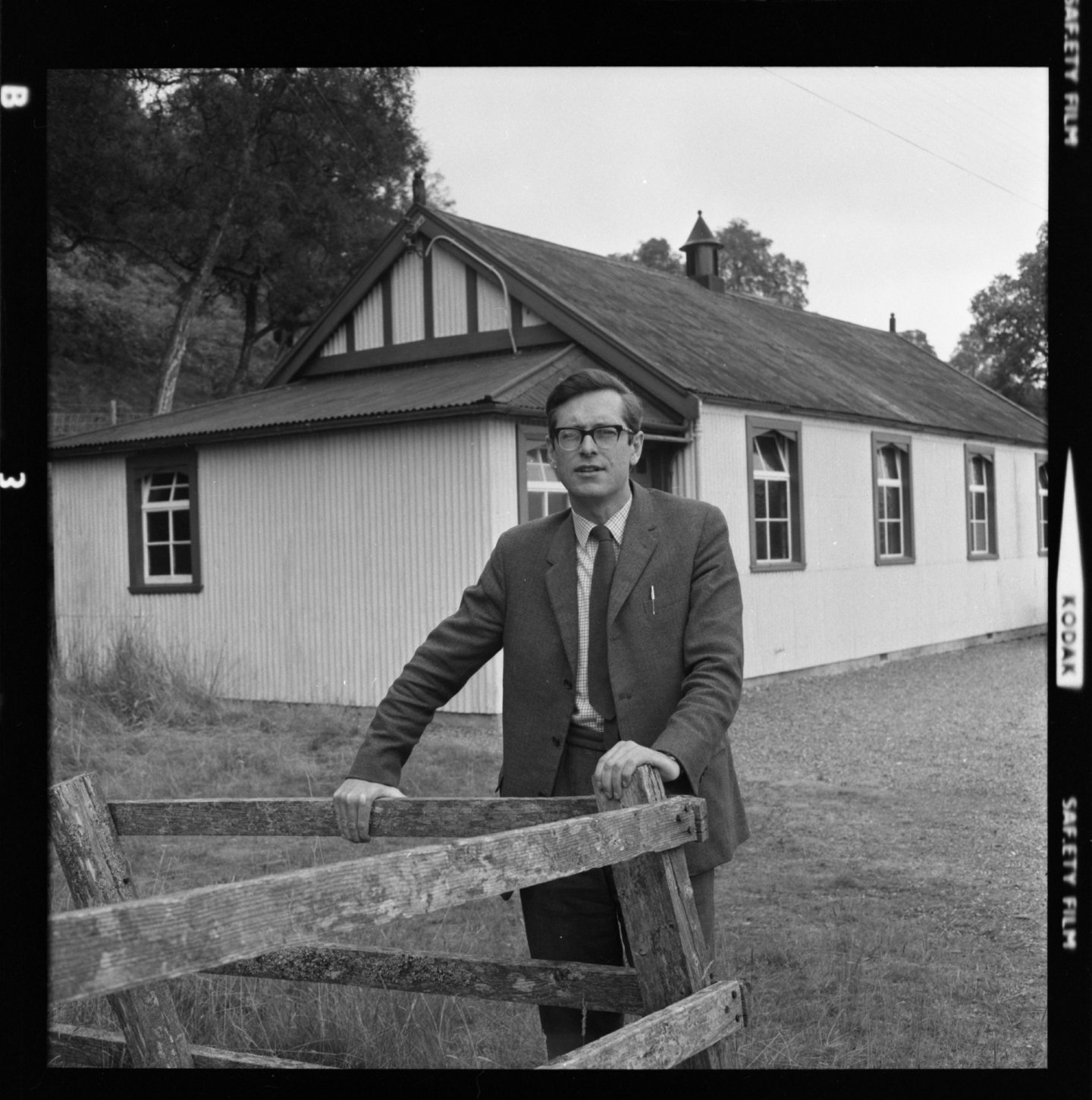
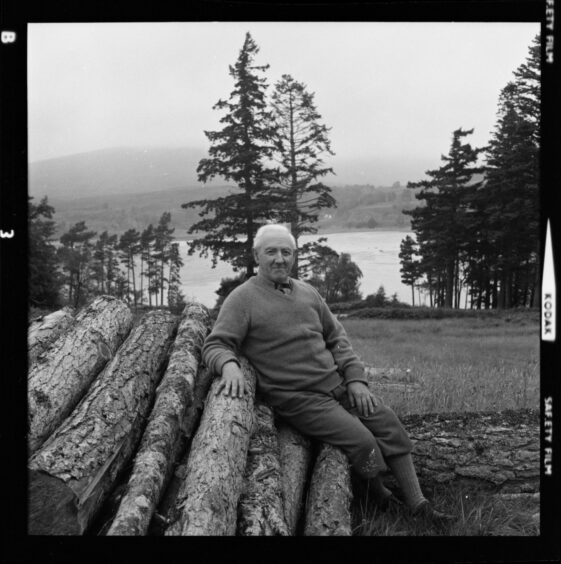
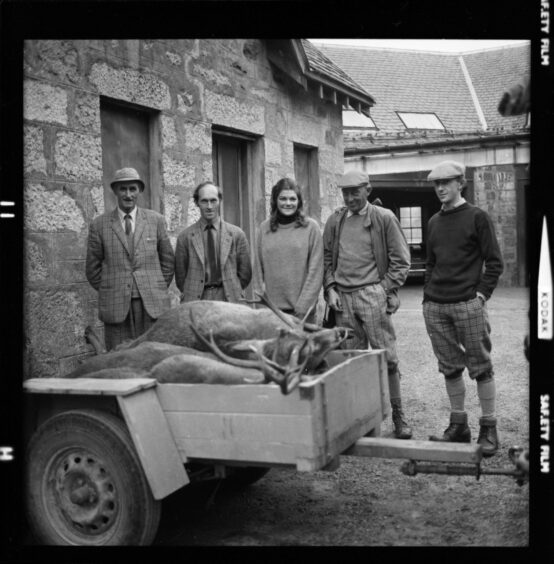
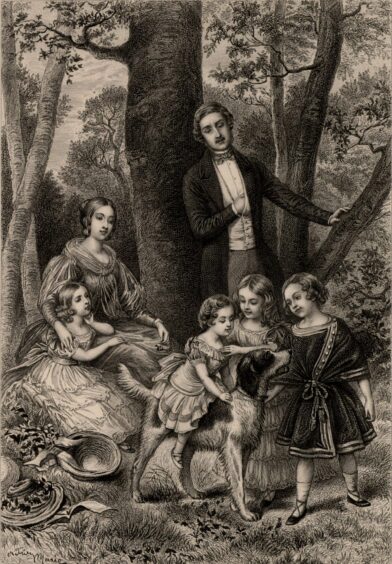
Conversation